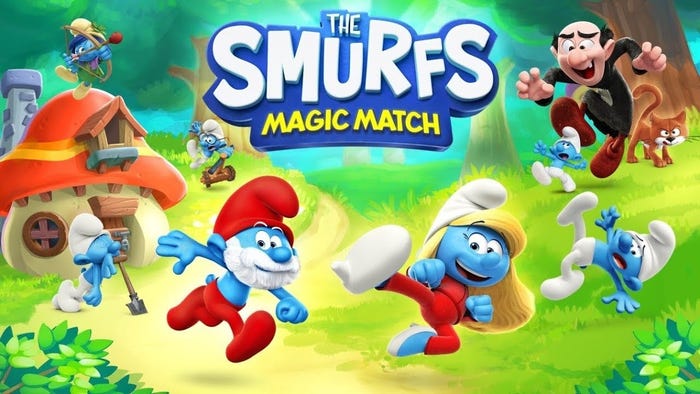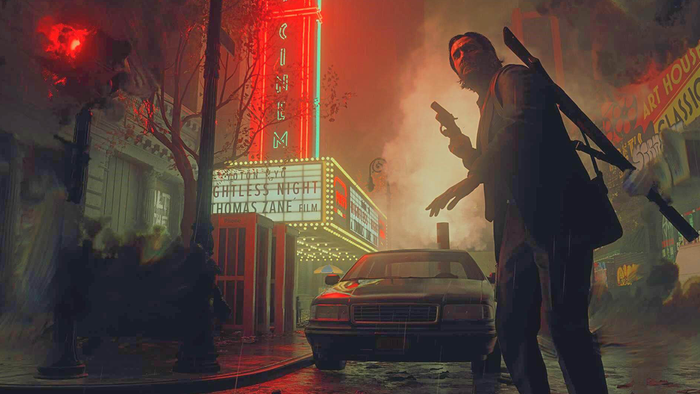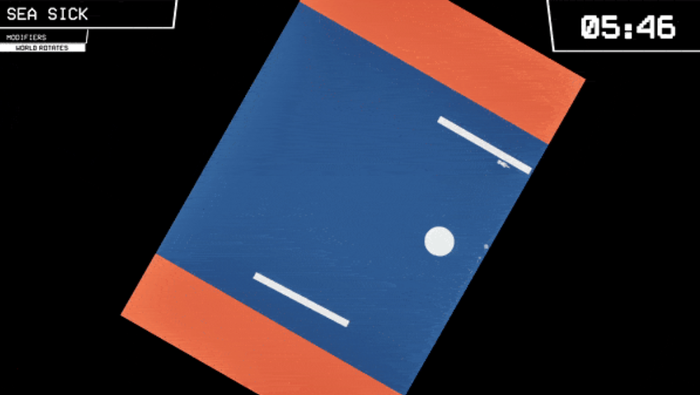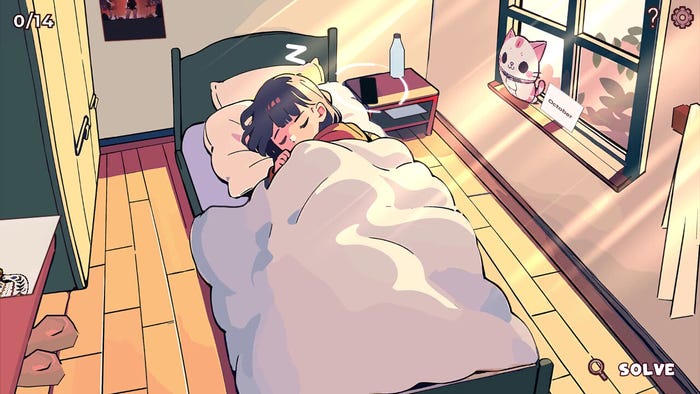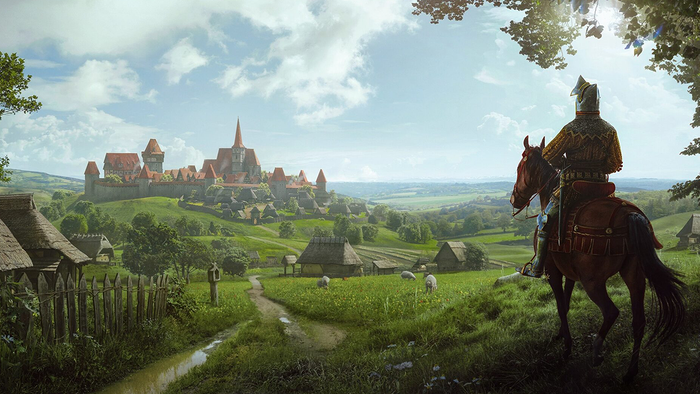5 Things to Know: The Cost to Build a Game
Often the first question people ask when they have an idea for a game is, “How much is this going to cost?” Unfortunately, this is a difficult question to answer as game budgets can vary from $10,000 for a simple reskin to $400,000+ for full productio

Often the first question people ask when they have an idea for a game is, “How much is this going to cost?” Unfortunately, this is a difficult question to answer as game budgets can vary from $10,000 for a simple reskin of a matching game to $400,000+ for a complex multiplayer game like Clash of Clans.
To help with answering this question, here are five factors to consider when budgeting for your game:
1. Start with the Game Design Document.
Ok, so you have an idea for your game and maybe you have your elevator pitch down, then the next step is to write a Game Design Document (or GDD). The GDD is like a blueprint for your game. What type of game is it? Is your game iterating on an already successful game? What will make your game unique? What will the game mechanics be? What will the art style be? Is there a story? Characters? Is the game multiplayer? What is the monetization strategy? All these questions and more will need to be answered in the Game Design Document.
Having a completed design document is your best tool for estimating the cost of your game. Until you know what features will need to be implemented to bring your game to life, there is no way of knowing exactly how much it will cost. If you need help writing your GDD, or would rather have someone write it for you, game studios like us (bencinStudios) are completely capable of accomplishing this.
Keep in mind that as complexity increases, so does cost. Features such as in-app purchases, networked multiplayer, and user analytics are all great, but they will increase the cost of development.
2. Another important factor is Art.
The game can either use off-the-shelf, stock art assets, or the art can be made custom for the app. Custom art takes more time and money but is usually well worth it, as having a unique style can grab users’ attention and make a game stand out from the competition. Game menus, background screens, HUDs, animated objects, and particle effects are all art assets and must be considered in the cost of developing the game.
3. The third factor is Game Programming and Assets.
Just like the art, the game components and features can be bought prebuilt, created from scratch, or somewhere in between. At bencinStudios, we are experts in the Unity3D engine and can create your game from scratch or adapt assets from the Unity Asset Store in order to help save on cost. Most of our clients end up somewhere in the middle, where some game features need to be custom built and other features are adapted from assets in the Unity store to save on the cost of development. Unity3D is capable of building games for Android, iOS, Windows, Xbox, and Playstation, so releasing on multiple platforms is common, but should be decided ahead of time.
4. Another factor to budget for is a combination of two closely related fields: User Experience (UX) and Testing.
Even the best game ideas will fall flat if they release with lots of bugs and optimization issues. It’s essential to budget time for finding and fixing bugs in order to have a positive user experience. Bugs and crashes lead to user frustration, which leads to poor reviews and lower player retention.
Testing shouldn’t be the last step before release. Testing is a core part of the development cycle and should be performed early and often. Fixing a bug that was caught early in development is much easier than fixing one that has permeated through multiple areas of the project.
Closely related to bug testing is User Experience Design and usability testing. Is the game presented in a cohesive way that is easy to learn or are the menus and game mechanics complicated and frustrating? Does the game’s interface account for the user comfortably interacting with their device or do they need to take a break after only a few minutes? These are some of the questions that UX Design attempts to solve.
Many UX mantras such as, “Don’t make me think,” are closely related to cognitive psychology. Good UX design should be invisible to the user, utilizing familiar patterns and mental models for an effortless experience. This is accomplished through prototyping, testing, iterating, then testing again. This type of usability testing doesn’t have to be large scale to be effective. Properly interviewing and observing just 5 actual users can catch 85% of usability problems.
Investing early in UX Design and bug testing will save money by streamlining development and by creating positive experiences that keep players coming back for more.
5. The last factor to consider when budgeting for your game is Marketing and Sales
Overlooking marketing is one of the most common mistakes that indie game developers make. With thousands of new games flooding the app stores every day, the chances of your game going viral without marketing are very slim. It takes a combination of social media presence, game trailers, blogging, attending game conferences, and utilizing paid advertising services to make a game successful, and how much you’re going to spend on marketing should be decided before building your game.
Maybe all you have are some ideas scratched down on a cocktail napkin. That’s a start! Here at bencinStudios, we’re passionate about taking your ideas and helping you turn them into memorable games.
If you’d like to discuss making a game with us, reach out to us through our website or on social media. We’d love to talk!
Read more about:
BlogsAbout the Author(s)
You May Also Like


